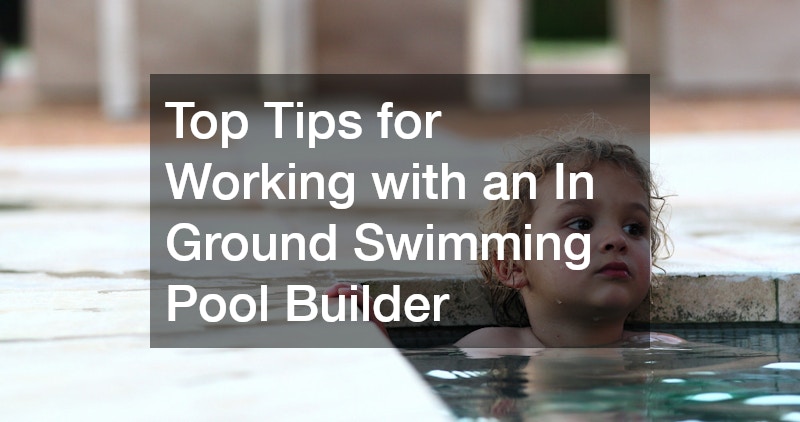Choosing the right boat dock is crucial for ensuring both the functionality and safety of your boating activities. A well-selected dock not only enhances your waterfront property but also offers significant convenience. This article will guide you through understanding the critical factors to consider, different types of docks, materials available, and maintenance needs to help you make an informed decision.
What Types of Boat Docks Are Available?
When it comes to choosing a boat dock, understanding the variety of designs available is essential. The dock type can significantly impact its usability, durability, and maintenance requirements. Some popular options include floating docks, piling docks, and pipe docks, each offering unique benefits and drawbacks.
Floating Docks
Floating docks are versatile and easy to install, making them ideal for fluctuating water levels. They consist of buoyant platforms that rise and fall with the water, ensuring a constant dock height. These docks are particularly well-suited for areas with significant tidal variances or inland lakes with variable water levels. However, they may not be as stable in rough water conditions or high wind environments.
Piling Docks
Piling docks, supported by wooden pilings driven deep into the seabed, are known for their permanence and stability. These docks are a great choice for areas with choppy waters or strong currents, providing a robust framework that withstands harsh conditions. The installation process is more involved and typically requires professional assistance, but the long-term benefits of a sturdy platform are often worth the investment.
Pipe Docks
Pipe docks are supported by adjustable, lightweight pipes anchored into the lake or riverbed, making them a popular choice for shallow water applications. Their modular design allows for flexibility in size and configuration, accommodating a variety of water levels and shoreline conditions. While easy to remove and store during off-seasons, pipe docks may offer less stability than pilings in areas prone to heavy wave action.
What Materials Are Best for Boat Docks?
Materials play a critical role in determining a dock’s durability, appearance, and maintenance requirements. The most common materials include wood, aluminum, and concrete, each with distinct advantages and disadvantages.
Wooden Docks
Wooden docks offer a traditional and aesthetic appeal that blends seamlessly with natural surroundings. They provide a warm, natural surface that is comfortable for walking barefoot. However, wood requires regular maintenance to prevent rot, splintering, and insect damage, especially in saltwater environments. Pressure-treated wood can extend the life of a wooden dock, but this option may also raise environmental concerns due to the chemicals used.
Aluminum Docks
Aluminum docks are favored for their lightweight, rust-resistant, and low-maintenance properties. Ideal for both freshwater and saltwater, aluminum docks offer impressive durability against corrosive elements and do not require the regular upkeep associated with wood. They are also easy to install and modify, making them suitable for seasonal use. The initial cost may be higher than wood, but the longevity and minimal maintenance often justify the investment.
Concrete Docks
Concrete docks are prized for their strength and durability, performing well in challenging environments with high traffic or harsh weather. These docks require little maintenance, providing a long-lasting solution for permanent installations. Though typically more expensive to install, the low ongoing maintenance costs and resilience of concrete can make it a cost-effective choice over time. It is essential to ensure proper engineering and quality construction to prevent issues like cracking or spalling.
How Do Weather and Water Conditions Affect Dock Selection?
Local weather and water conditions significantly influence dock selection. Understanding these environmental factors will help you choose a dock that remains functional and safe throughout its lifespan.
Water Level Fluctuations
Water level fluctuations are a vital consideration, as they affect dock accessibility and stability. Floating docks excel in areas with significant water level variation, maintaining a consistent platform height. Pipe docks, with adjustable legs, can also accommodate changes in water levels, making them flexible options for dynamic environments.
Current and Wave Activity
Current and wave activity play a critical role in determining the dock’s structural requirements. Piling docks are ideal for high-energy environments due to their robust anchoring, ensuring stability during storms or constant wave action. In contrast, floating docks may struggle in such conditions, requiring additional anchoring systems to remain secure.
What Are the Maintenance Considerations?
Thoroughly understanding the installation and maintenance requirements of different dock types ensures longevity and safety. This section addresses the complexity of setting up and the necessary upkeep for various docks.
Maintenance Requirements
Maintenance demands differ based on the dock material and design. Wooden docks need regular sealing and inspections to avoid decay, while aluminum docks require minimal upkeep beyond routine cleaning. Concrete docks, though low maintenance, still benefit from occasional inspections to address any structural concerns early. Proper maintenance practices can extend a dock’s lifespan and enhance safety.
What Is the Cost of Different Boat Docks?
Cost considerations impact not only the type of dock you choose but also its long-term sustainability. Evaluating the financial implications of your dock investment ensures it fits within your budgetary constraints.
Initial Investment
The initial investment for dock construction depends on materials, design, and installation complexity. Wood offers the most budget-friendly option upfront, but ongoing maintenance adds to its long-term cost. Aluminum and concrete docks feature higher initial expenses but provide longevity and lower upkeep costs, often justifying the higher initial price.
Ongoing Maintenance Costs
Ongoing maintenance costs should factor into your dock decision. Wooden docks demand regular treatment, repair, and environmental considerations, which add to long-term expenses. In contrast, aluminum and concrete docks incur minimal maintenance costs, primarily involving surface cleaning and periodic inspections.
Conclusion
In conclusion, selecting the right boat dock requires careful consideration of several factors, including the type and material options, local environmental conditions, installation and maintenance requirements, and cost. Equipped with the right knowledge, you can choose a dock that meets your practical needs and enhances your waterfront experience.
.




